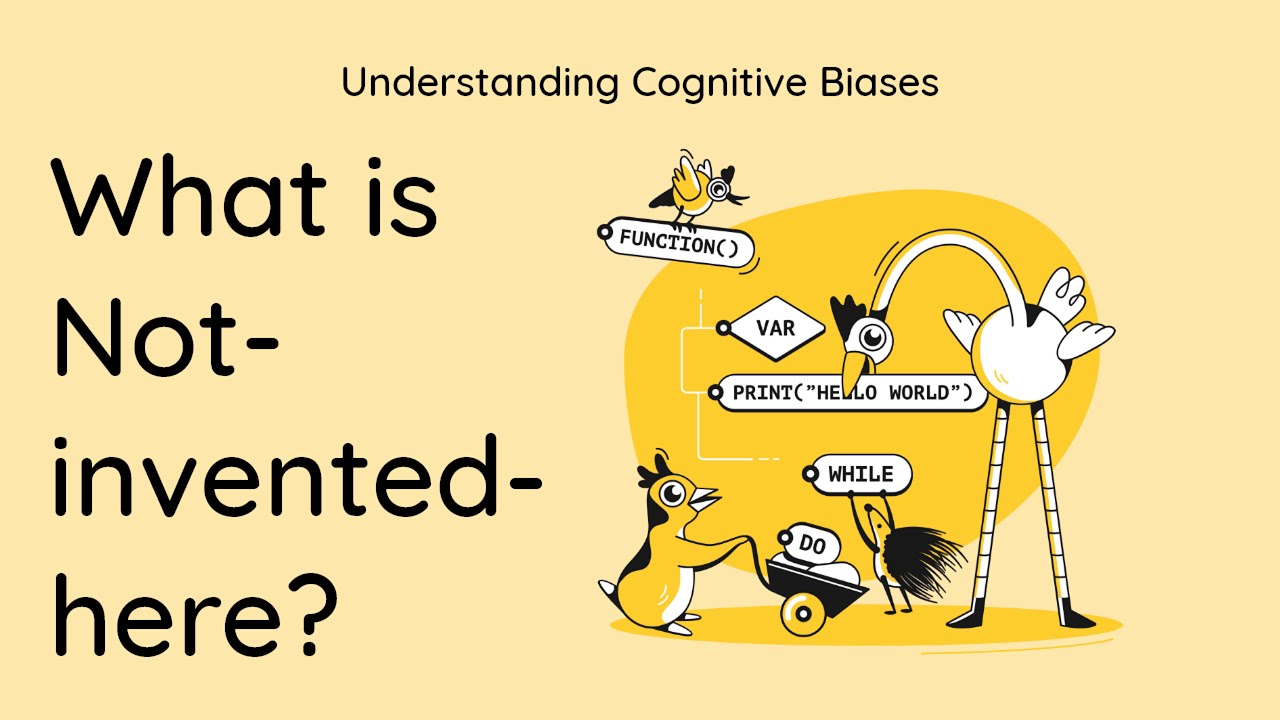The not-invented-here (NIH) syndrome is a cognitive bias that occurs within organizations and groups when individuals reject external ideas, solutions, or innovations in favor of internal, self-generated solutions. People suffering from this bias believe that ideas or solutions from outside the group are less valuable or reliable.
Explanations:
The NIH syndrome is often rooted in organizational or group dynamics. It can stem from a desire to maintain control, protect the status quo, or prioritize internal identity and expertise over external contributions.
Examples:
Corporate Decision-Making: An organization may resist adopting a new technology or methodology developed by an external company, opting to create an in-house solution even if it is less efficient.
Academic Research: Researchers may dismiss findings or theories from other institutions, favoring their own hypotheses and methodologies, even if external work is more robust.
Government Policy: A government agency might refuse to adopt successful policies or practices from other regions or countries, instead developing its own solutions that are less effective.
Solutions:
Open-Mindedness: Encourage open-mindedness and the consideration of external ideas and solutions without immediate dismissal.
Evaluate Based on Merit: Assess ideas, innovations, and solutions based on their merits, effectiveness, and applicability rather than their origin.
Collaboration: Foster collaboration and partnerships with external entities to leverage a broader range of expertise and resources.
Cultural Change: Promote a culture within organizations and groups that values innovation and improvement over internal ownership.
Addressing the not-invented-here syndrome involves recognizing the inclination to favor internal solutions over external ones and actively promoting a culture of openness, collaboration, and the evaluation of ideas based on their merits rather than their source. This can lead to more effective decision-making and innovation within organizations and groups.
